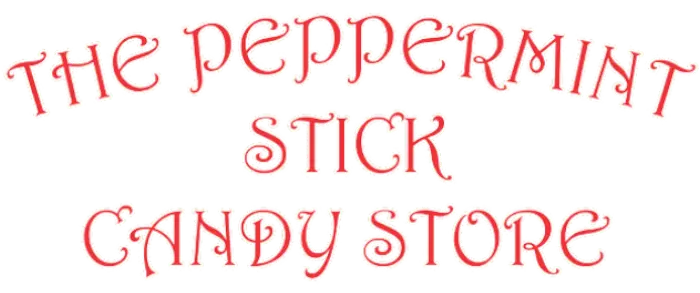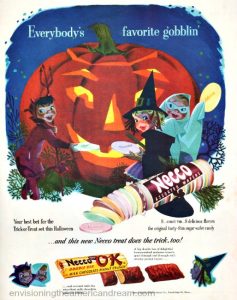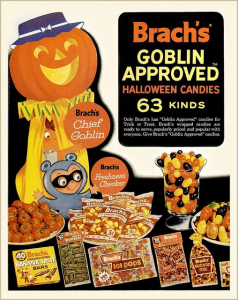For many, Halloween wouldn’t be the same without all the candy. After all, on what other day is it socially acceptable to splurge on candy and eat so much that your stomach hurts? If we take a step back in time, has Halloween always been centered around candy? Not exactly, but as it turns out, humans have always had a hidden sweet tooth.
Trick or treating began as a Celtic tradition when the Celtics would celebrate Samhain on the night of October 31st to pay their respects to the dead who were believed to come back to Earth on this night. To hide themselves from evil spirits, Celtics dressed in animal skin as a disguise. The Celtics also set out tables with edible peace offerings which was believed to help calm the bad spirits. As time went on, people of the Middle Ages and onward began dressing up as the evil spirits and would perform comedy acts or a trick in return for a treat.
Other variants of this tradition were picked up by the poor and later, children, who began to go around to rich homes offering to pray for the dead in exchange for something sweet to eat. 
This trick or treat tradition was brought to the United States in 1840 when Irish immigrants fled Ireland due to the potato famine. As time progressed in the United States, the original Irish tradition turned into outrageous pranks that resulted in extensive damage. Destruction had to be stopped, and a friendly, and community based tradition was adopted in the 1930’s right around the start of the Great Depression. Due to sugar rationing, it wasn’t until after both the Great Depression and World War II that trick or treating picked up again. With rationing over, little candies came into play around 1950 when candy companies hopped on the trick or treat bandwagon and started to promote their products around Halloween. Prior to all the candy marketing, children would receive cake, nuts, and even toys, but by 1970, candy had taken over what kids received as a treat. 
Candy Corn has become a staple, with its roots tying back to Philadelphia when George Renninger of the Wunderle Candy Company invented it in the 1880s with an original name of “Chicken Feed.” Other classics include JuJu Pumpkins, licorice, mallo cups, saf-t- pops, clark bars, wax-o-wax lips and much more! Come into the Peppermint Stick Candy Store today to remember those sweet Halloween treats of childhood.
By: Amanda Murry





